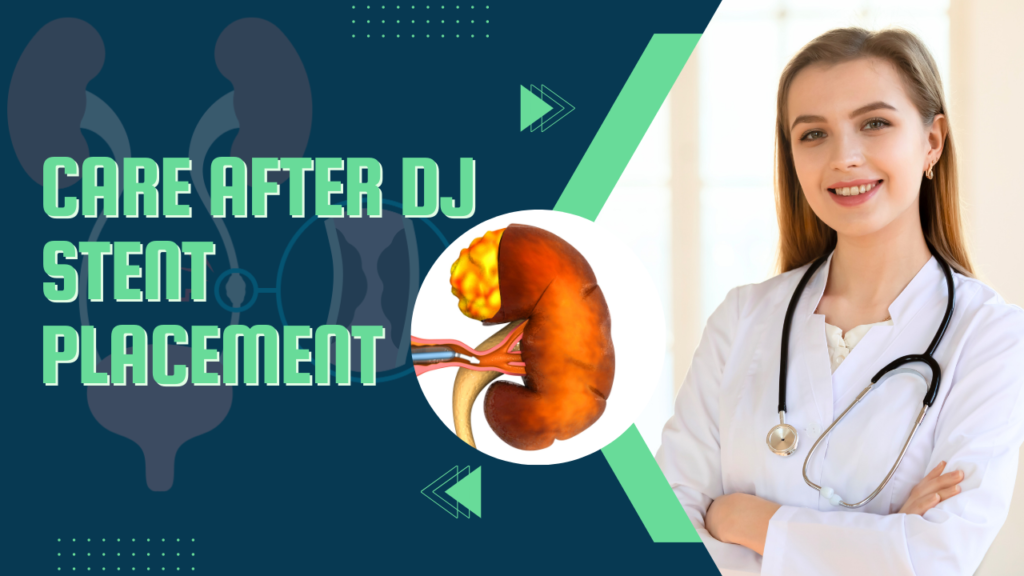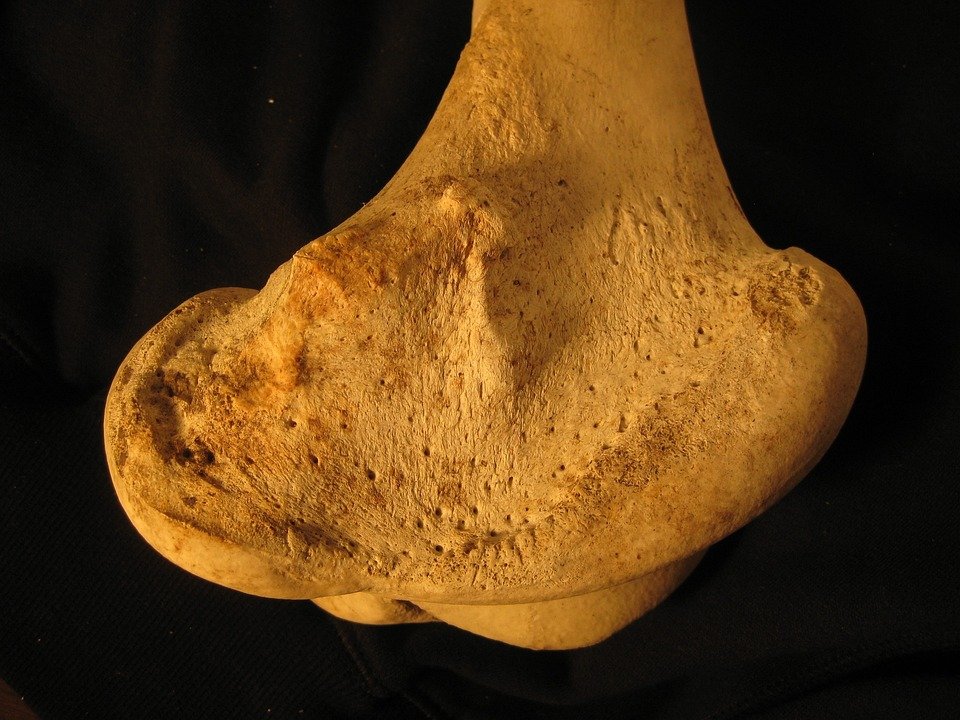
Sinus infections, also known as sinusitis, are a common condition that affects millions of people each year. Understanding the causes, symptoms, and treatment options for sinus infections can help individuals better manage their symptoms and find relief from this uncomfortable condition.
Sinusitis occurs when the tissues lining the sinuses become inflamed and swollen, leading to a buildup of mucus and fluid in the sinus cavities. This can be caused by a variety of factors, including allergies, bacterial or viral infections, nasal polyps, or a deviated septum. In some cases, sinusitis can also be triggered by environmental factors such as pollution or cigarette smoke.

There are two main types of sinusitis: acute and chronic. Acute sinusitis typically lasts for a few weeks and is often caused by a bacterial or viral infection. Chronic sinusitis, on the other hand, lasts for more than 12 weeks and is usually caused by underlying issues such as allergies or nasal polyps.
The symptoms of sinusitis can vary depending on the type and severity of the infection. Common symptoms of sinusitis include:

– Facial pain or pressure, particularly around the eyes, nose, and forehead
– Nasal congestion or difficulty breathing through the nose

– Thick, discolored mucus or drainage from the nose
– Headache
– Cough
– Fatigue
– Fever
Individuals experiencing these symptoms should seek medical attention from a healthcare provider. A physical examination, along with a review of symptoms and medical history, can help determine the underlying cause of sinusitis and guide treatment options.
Treatment for sinusitis typically involves a combination of medications and home remedies to help reduce inflammation and relieve symptoms. Over-the-counter decongestants and pain relievers can help alleviate congestion and pain, while nasal sprays or saline rinses can help clear mucus from the sinuses.
In some cases, antibiotics may be prescribed to treat bacterial sinus infections. It is important to follow the prescribed treatment plan and finish the full course of antibiotics, even if symptoms improve before the medication is finished.
For individuals with chronic or recurrent sinusitis, additional treatments may be necessary. This can include allergy testing and immunotherapy to help manage underlying allergies, or surgery to remove nasal polyps or correct a deviated septum.
In addition to medical treatments, there are several home remedies that can help manage symptoms of sinusitis. These include:
– Using a humidifier to keep the air in your home moist
– Applying warm compresses to the face to help relieve pain and pressure
– Drinking plenty of fluids to help thin mucus and promote drainage
– Avoiding triggers such as cigarette smoke and pollution
Overall, sinus infections can be a frustrating and uncomfortable condition to deal with. By understanding the causes, symptoms, and treatment options for sinusitis, individuals can better manage their symptoms and find relief from this common condition. If you are experiencing symptoms of sinusitis, it is important to seek medical attention from a healthcare provider to determine the underlying cause and develop an appropriate treatment plan.

Discover more from Bibliobazar Digi Books
Subscribe to get the latest posts sent to your email.


